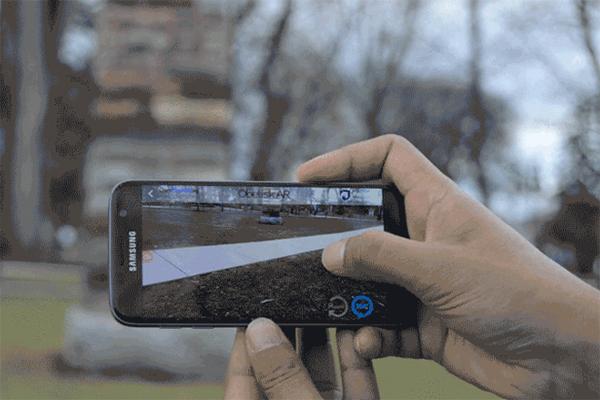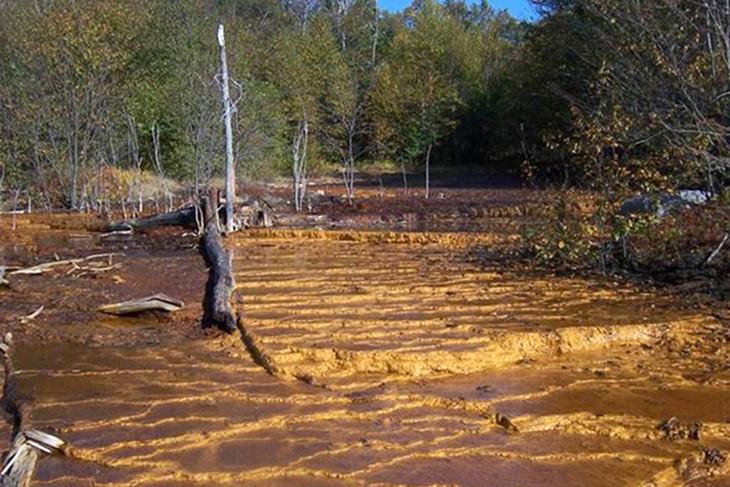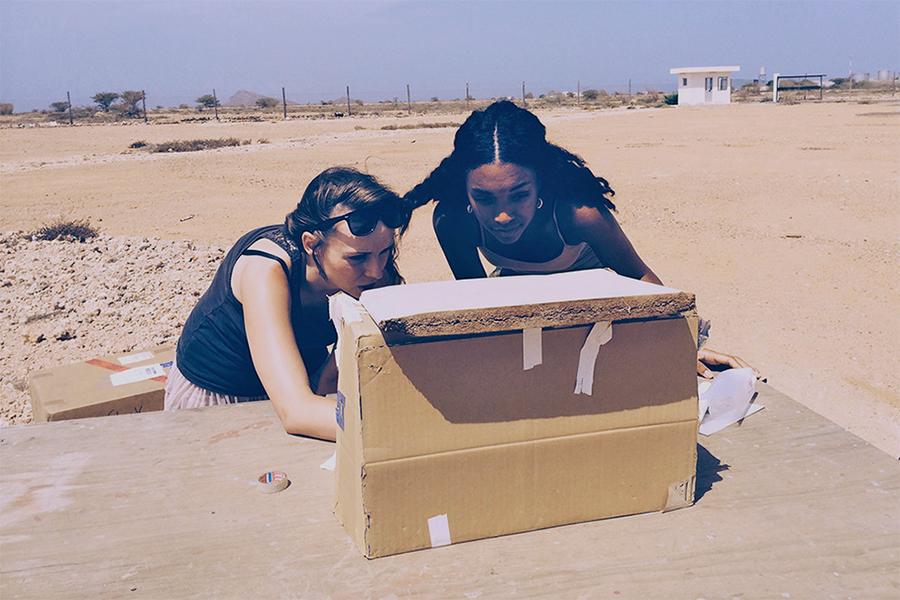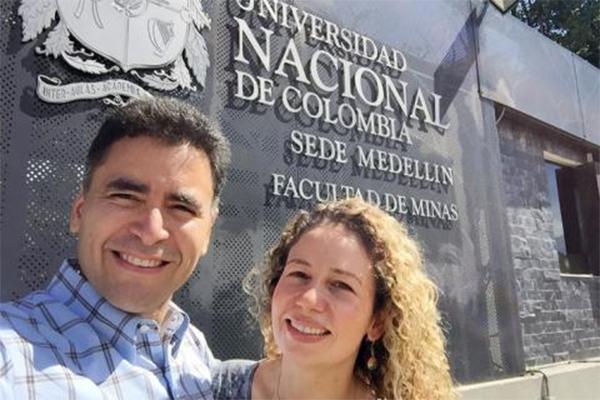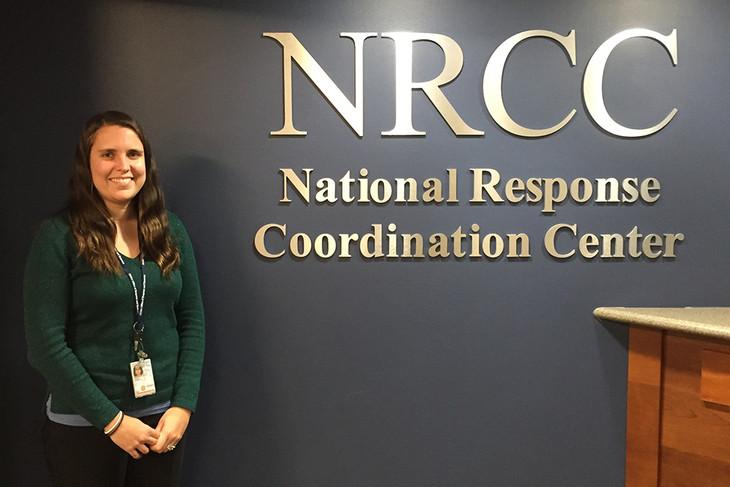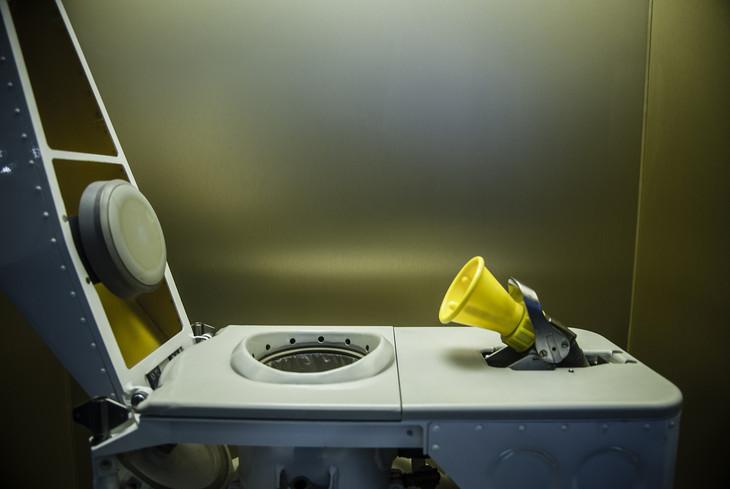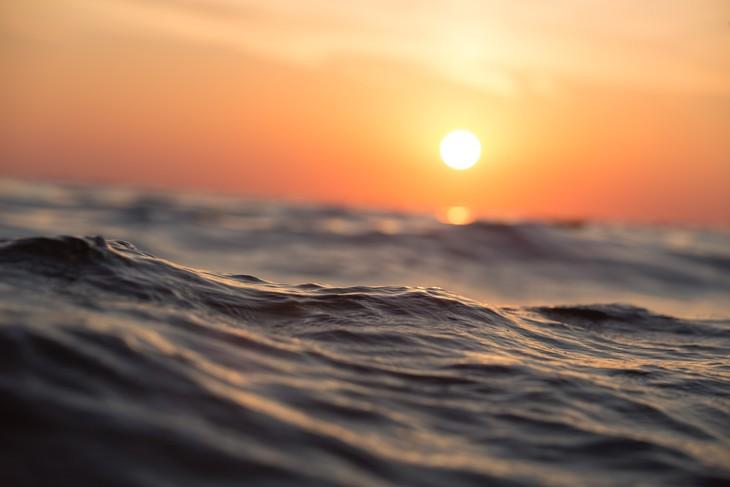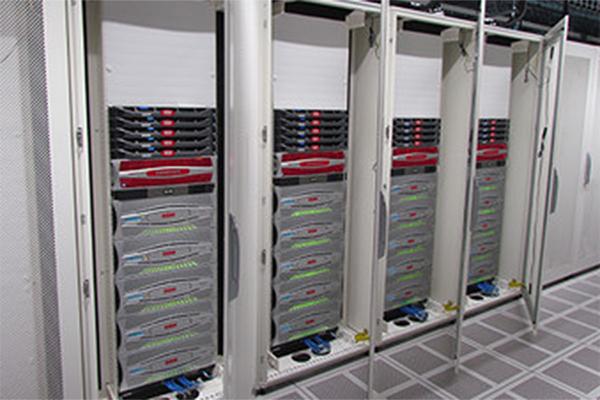Our graduate students are integral to the research we conduct, and they also are dedicated to making a difference in communities. Learn more about their research, outreach efforts, and other projects below.
News
Augmented reality is reviving the educational focus of the oldest monument on Penn State’s University Park campus. Known as the Obelisk, the nearly 33-foot-tall, 53.4-ton stone structure was originally constructed in 1896 to showcase regional rocks and minerals. Its 281 stones, procured from sites around Pennsylvania and neighboring states, are stacked by geologic time period, from youngest at the top to oldest at the base.
As Penn State researchers stood on the banks of Scalp Level Run, an acid mine drainage-polluted stream in Cambria County, a scientific question formed: How is nature removing toxic metals from the drainage at a rate faster than any other tested waters in the state, under pH conditions deemed too low to do so?
In the middle of a Category 1 hurricane in Cape Verde, off the coast of Africa, Aara’L Yarber discovered her passion for meteorology. Coming from Los Angeles, California, she had never experienced a hurricane before.
When geography doctoral student Xi Liu saw an opportunity to work for Google on a project that involved geographical data analysis — on a project related to his dissertation research — he wasted no time in applying.
For both Zuleima Karpyn and Luis Ayala, leaving their home country of Venezuela for a Penn State education seemed like a daunting task. After all, they never could have imagined that it would lead to advancing their education, developing their careers as faculty members or meeting each other, resulting in a marriage that’s produced three children.
As an emergency management specialist with the Federal Emergency Management Association, Adrienne Kramer is applying her geography skills to build maps, analytical tools and other resources to help the agency improve its response and recovery operations.
Human waste may one day be a valuable resource for astronauts on deep-space missions. Now, a Penn State research team has shown that it is possible to rapidly break down solid and liquid waste to grow food with a series of microbial reactors, while simultaneously minimizing pathogen growth.
The warming climate is expected to affect coastal regions worldwide as glaciers and ice sheets melt, raising sea level globally. For the first time, an international team has found evidence of how sea-level rise already is affecting high and low tides in both the Chesapeake and Delaware bays, two large estuaries of the eastern United States.
Never has the world been better positioned to predict and respond to natural disasters. The stream of data at our fingertips is seemingly endless. But the size of this mounting trove of information in itself poses a problem. For example, running flood calculations for a city facing heavy rains using a century of data is highly accurate. But the calculation is useless if it takes days or weeks to compute.
Too much of a good thing. That’s the situation many scientists face in this age of Big Data. Thanks to a new data center at Penn State, researchers can now analyze huge amounts of information and complex models that were grindingly slow or impossible to handle before.


